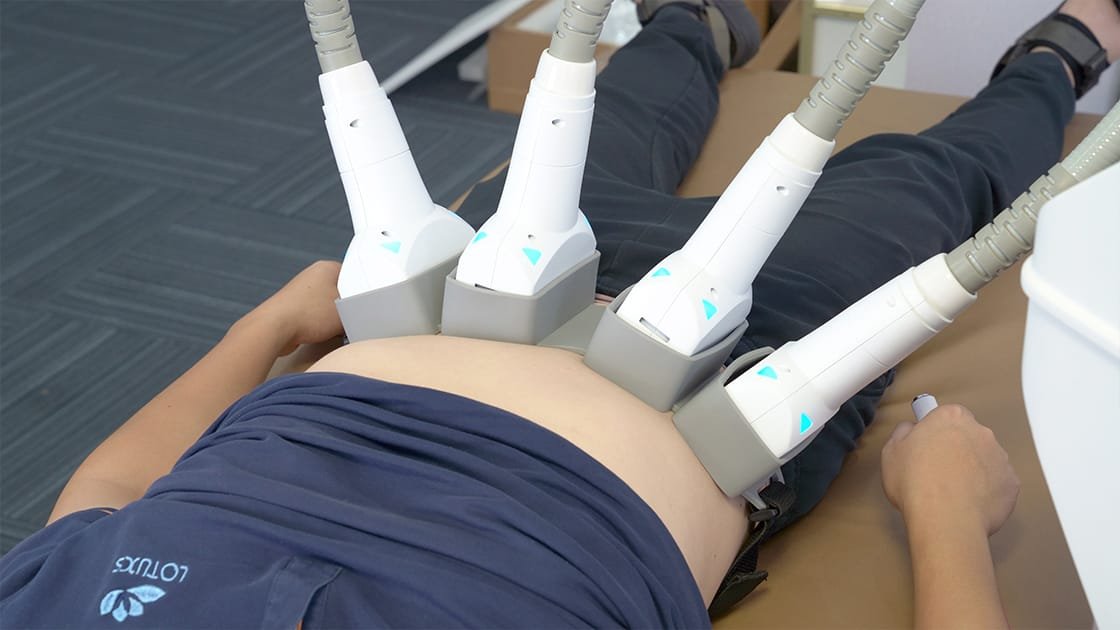Laser lipolysis has quickly become a popular non-invasive treatment for fat reduction and body contouring. With its promises of smoother skin and reduced fat in targeted areas, it’s no surprise that more people are considering it as an alternative to traditional liposuction. But does laser lipolysis truly live up to the hype? In this article, we’ll explore how laser lipolysis works, its effectiveness, potential side effects, and whether it’s worth considering for your body contouring goals.
What is Laser Lipolysis?
Laser lipolysis is a non-surgical procedure that uses concentrated laser energy to target and break down fat cells beneath the skin. Unlike traditional liposuction, which involves surgically removing fat, laser lipolysis liquefies fat cells, which are then naturally flushed out by the body over time.
The procedure typically involves the application of a laser through the skin, where the energy penetrates the fat layers and disrupts the fat cells. The procedure is minimally invasive, with no need for general anesthesia, making it a more comfortable alternative for those looking to reduce localized fat deposits.
Laser lipolysis is often used to contour areas such as the abdomen, thighs, love handles, and arms. The procedure also promotes collagen production, leading to some skin tightening in the treated area, which is an additional benefit for many patients.
Does It Actually Work? A Closer Look
When it comes to effectiveness, laser lipolysis generally delivers noticeable results, particularly for people who are already close to their target weight but struggle with stubborn pockets of fat.
Studies have shown that laser lipolysis can reduce fat by up to 20-30% in the treated areas, with results typically visible within 2-3 weeks of treatment as the body begins to process and eliminate the fat. For optimal results, some individuals may require multiple sessions, depending on the amount of fat being treated and the desired outcome.
One of the key advantages of laser lipolysis is its precision. The laser is able to target specific fat deposits without damaging surrounding tissue, which means the treatment is generally more controlled and less risky than traditional liposuction. The added bonus of skin tightening helps improve the contour of the area, offering a smoother, firmer appearance.
However, it’s important to note that laser lipolysis is not a weight-loss solution. It works best for people who are already in good shape but want to target small areas of fat that are resistant to diet and exercise.
What Are the Potential Side Effects of Laser Lipolysis?
Like any cosmetic treatment, laser lipolysis comes with some potential side effects, though these are usually mild and temporary. The most common side effects include:
- Swelling and bruising: These are common reactions in the treated area and generally subside within a few days to a week.
- Redness and tenderness: After the procedure, you may experience some redness and tenderness, similar to what you might feel after a mild sunburn.
- Skin irritation: Though rare, some individuals may experience irritation or slight burns if the laser is applied too aggressively.
The procedure is minimally invasive, which means that recovery time is typically short. Most people can return to their normal activities within a day or two. However, as with any medical procedure, it’s important to consult with a trained professional to ensure that you’re a good candidate for laser lipolysis.
Ideal candidates are those in generally good health who have localized fat deposits that are difficult to eliminate through diet and exercise. Pregnant women, individuals with active skin infections, or those with certain medical conditions may not be suitable candidates for the procedure.
Final Verdict: Is Laser Lipolysis Worth It?
So, is laser lipolysis really worth the hype? For many, it is. The non-invasive nature of the procedure, coupled with its ability to target stubborn fat and tighten skin, makes it a compelling option for those looking to sculpt their bodies without going under the knife.
If you’re looking for a treatment to contour specific areas and eliminate small pockets of fat, laser lipolysis may be a good choice. The minimal downtime, safety profile, and overall effectiveness in reducing fat make it a popular option for those seeking a more refined, non-invasive body contouring solution.
However, laser lipolysis isn’t for everyone. It’s important to have realistic expectations and understand that it’s not a weight-loss solution. If you’re dealing with larger areas of fat or have a significant amount of weight to lose, you may need to explore other options like traditional liposuction or a comprehensive weight loss program.
In summary, laser lipolysis is a safe, effective, and convenient fat reduction method for those who are looking to enhance their body contours. While it may not deliver dramatic transformations overnight, it offers a great non-surgical option for those who want targeted fat removal and improved skin tightness with minimal recovery time.








